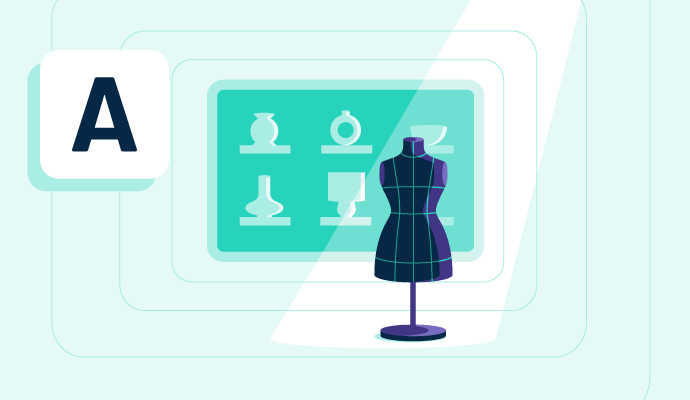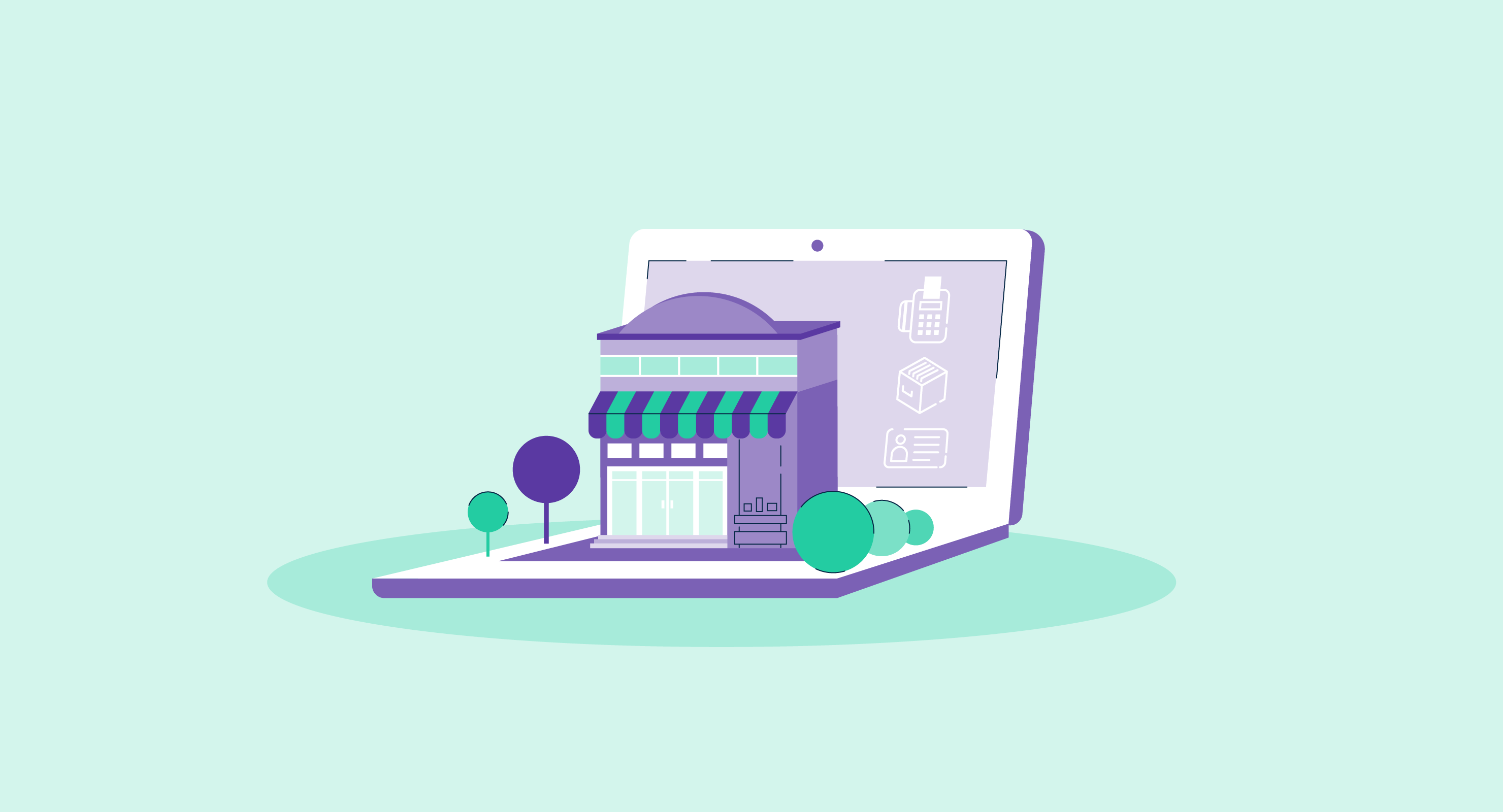What are atmospherics?
In the business world, atmospherics are the sensory characteristics of a location that entice customers to take certain actions (usually to make purchases). Retail businesses are most known for using atmospherics. Marketing author and professor Philip Kotler coined the term in 1973.
When done well, atmospherics contribute greatly to a company’s success. To keep up with all of the minute details involved, businesses use retail space planning software, sometimes in combination with retail management software. Retail space planning software helps store managers organize products and displays in the most ideal locations to increase sales.
Elements of atmospherics
The different elements involved with atmospherics correlate first to the most common human senses.
- Visual: The color, brightness, size, and shape of an entire space or specific elements of a space influence customers. This includes both the interior and exterior of the store.
- Auditory: The volume and pitch of the employees, mood music, and the sounds of other shoppers can affect customers.
- Tactile: The temperature of the retail space, the softness of the space, and the different textures around the store all have an impact.
- Aromatic: The space’s scents and cleanliness or freshness have an effect on customers and their desire to purchase items.
- Tasteful: The sense of taste is only applicable to a specific kind of retail store that sells edible goods, and could include any food or drink samples offered as part of the store’s experience.
Other elements of atmospherics are more related to the business themselves, such as:
- Location: This element involves both the location of the physical space and the location of items like signage for specific sections of the store.
- Organization: The layout of the retail space, including the location of help desks, checkout counters, and price scanners, can impact the experience
- Digital experience: Online-only elements, like ordering ahead and loyalty programs, can influence a customer’s opinion about a company and extend atmospherics outside of the physical retail space.
- Human interaction: The way employees greet and assist customers can heavily influence a customer’s mood and comfort in a space.
Examples of atmospherics
Atmospherics are in play with virtually every retail business in operation today. There are a number of classic examples of atmospherics in action.
- Starbucks is known for dimming café lighting to simulate a cozy, home-like space.
- Clothing stores like Hollister and Abercrombie & Fitch focus on a strong cologne to draw customers to the store.
- Walmart has an efficient, well-organized floor layout that makes it easy to find specific departments and items.
- Cinnamon roll bakery Cinnabon intensifies its cinnamon scent in order to draw customers to the store.
- Ikea maximizes its larger factory stores by creating an experience around shopping. Customers walk through different room styles and are able to see specific items as part of a room’s decor throughout every area.
Benefits of atmospherics
Besides the obvious benefit of an increase in sales and revenue, there are other benefits to maximizing atmospherics in a retail space, including:
- A positive, comfortable retail space improves a customer’s relationship with a brand and may encourage them to refer the company to their friends, expanding the business’ customer base.
- Companies can become known for a specific style of atmospherics, far outside the market that they serve.
- Atmospherics can affect the mood of a company’s employees, as well. Enjoyable and relaxing moods and lighting, for example, can benefit both customers and employees.
- If a business is looking to improve a space’s atmospherics, they may opt to ask their customers what they prefer by sending out a survey. This creates a stronger relationship between the business and the customer, promoting an open line of communication.
- The more comfortable a retail space is, the more likely a customer will want to spend time there. They may spend more time “window shopping” and browsing different displays, which ideally turns into a purchase.

Whitney Rudeseal Peet
Whitney Rudeseal Peet is a former freelance writer for G2 and a story- and customer-centered writer, marketer, and strategist. She fully leans into the gig-based world, also working as a voice over artist and book editor. Before going freelance full-time, Whitney worked in content and email marketing for Calendly, Salesforce, and Litmus, among others. When she's not at her desk, you can find her reading a good book, listening to Elton John and Linkin Park, enjoying some craft beer, or planning her next trip to London.


